Nordic Noir, also known as Scandinavian noir, is a genre of crime fiction that originated in the Nordic countries, characterized by its dark, atmospheric tone, morally complex characters, and focus on societal issues. What is Nordic noir? Read on and learn more.
Nordic noir is usually written from a police point of view and set in Scandinavia or the Nordic countries. The genre often employs plain language, avoiding metaphor, and is typically set in bleak landscapes. This results in a dark and morally complex mood, in which a tension is depicted between the apparently still and bland social surface and the patterns of murder, misogyny, rape, and racism the genre depicts as lying underneath. It contrasts with the whodunit style such as the English country house murder mystery.
Scandinavian noir is a global phenomenon, but Nordic comedies are often very difficult to translate. Often set against the backdrop of stark, cold landscapes, these stories delve into the psychological depths of both criminals and detectives, creating a sense of bleak realism.

*********************************
Related: Exploring Nordic Noir
*********************************
Some of the best known Nordic noir authors include Jo Nesbø from Norway; Henning Mankell, Stieg Larsson and Camilla Läckberg from Sweden; Jussi Adler-Olsen from Denmark; and Arnaldur Indriðason from Iceland. The popularity of Nordic noir has extended to the screen, with TV-series such as The Killing, The Bridge, Trapped, and Bordertown.
Rams is on course to become one of the most critically successful Nordic films ever – after winning the Un Certain Regard prize at Cannes. In a remote Icelandic farming valley, two brothers who haven’t spoken in 40 years have to come together in order to save what’s dearest to them – their sheep. This is a typical example of a Nordic noir film set in harsh and desolate, often snowy landscapes with long winters and isolated areas, contributing to the sense of unease and foreboding.
There are differing views on the origins but most commentators agree that the genre had become well established as a literary genre by the 1990s (see below); Swedish writer Henning Mankell, who has sometimes been referred to as “the father of Nordic noir”, notes that the Martin Beck series of novels by Maj Sjöwall and Per Wahlöö “broke with the previous trends in crime fiction” and pioneered a new style: “They were influenced and inspired by the American writer Ed McBain. They realized that there was a huge unexplored territory in which crime novels could form the framework for stories containing social criticism.

************************************
Related: Swedish Rock-Star of Nordic Noir
************************************
But Hrutar, or Rams, isn’t the latest success story of Nordic noir – although it’s from Iceland. It’s a tragi-comedy, which its director, Grímur Hákonarson, calls “sad and funny at the same time. We call it ‘gálgahúmor’ in Iceland, or ‘gallows humor’. It’s very typical of Scandinavia.”
Rams, like other Nordic noir stories, explores themes like political corruption, immigration, inequality, and the darker sides of Nordic society, challenging the perception of these countries as utopian. Kerstin Bergman noted that “what made Sjöwall and Wahlöö’s novels stand out from previous crime fiction – and what made it so influential in the following decades – was, above all, the conscious inclusion of a critical perspective on Swedish society.

Swedish producer Gudrun Giddings, who lives in Los Angeles, says her phone has been “ringing off the hook” since 2010 with requests for Nordic talent. Gidding is known as ‘the Scandinavian Whisperer’ for her ability to promote Nordic countries in Hollywood. But when it comes to comedy, her sweet nothings fall on deaf ears, she says. The characters are protagonists, usually detectives or investigators, are flawed and grappling with personal struggles. Villains are rarely one-dimensional, with motives that reflect broader societal problems.
Until the 2010s, the genre had no particular name but was sometimes referred to descriptively as “Nordic crime fiction” or “Scandinavian crime fiction”. Within the Nordic countries themselves, this is still the case. The terms “Nordic noir” and “Scandinavian noir” are used largely interchangeably in English.
Hollywood capitalized on Swedish vampire horror Let the Right One In by remaking it as Let Me In, while even the family film Frozen is based on an old Scandinavian myth. Next tip for the top is Occupied, which debuted on Norway’s TV2 recently and is about the fictional Russian occupation of the country. Also here, the plot emphasizes realism over sensationalism, with a focus on meticulous investigations, psychological depth, and the messiness of real-life outcomes.

Scandinavian noir also owes something to Scandinavia’s political system where the apparent equality, social justice, and liberalism of the Nordic model is seen to cover up dark secrets and hidden hatreds. Stieg Larsson’s Millennium trilogy, for example, deals with misogyny and rape, while Henning Mankell’s Faceless Killers focuses on Sweden’s failure to integrate its immigrant population.
TV producer Johanna Karppinen is a supporting partner of A Finnish Film Affair, an event designed to expand the local industry globally. She thinks sub-titles are comedy’s biggest barrier to an international audience, “because so much of comedy is in the timing and delivery”.
Nordic Noir stands out for blending gripping crime narratives with a somber exploration of human nature and the failings of society, making it both thrilling and thought-provoking.
Mama Gogo, by Fridrik Thor Fridriksson, managed to make a comedy about the onset of Alzheimers in an elderly woman. Norwegian TV series Dag is about a marriage counsellor who thinks everyone should live alone; Rare Exports from Finland in 2010 made a comedy horror out of a Christmas movie about Santa Claus.

In the English-speaking world, the term “Nordic noir” was coined by the Scandinavian Department at the University College of London and gained further usage in the British media in the 2010s beginning with the airing of the BBC documentary called the Nordic Noir: The Story of Scandinavian Crime Fiction. The Guardian also referred to The Killing as Nordic noir.
What is Nordic Noir? written by Tor Kjolberg



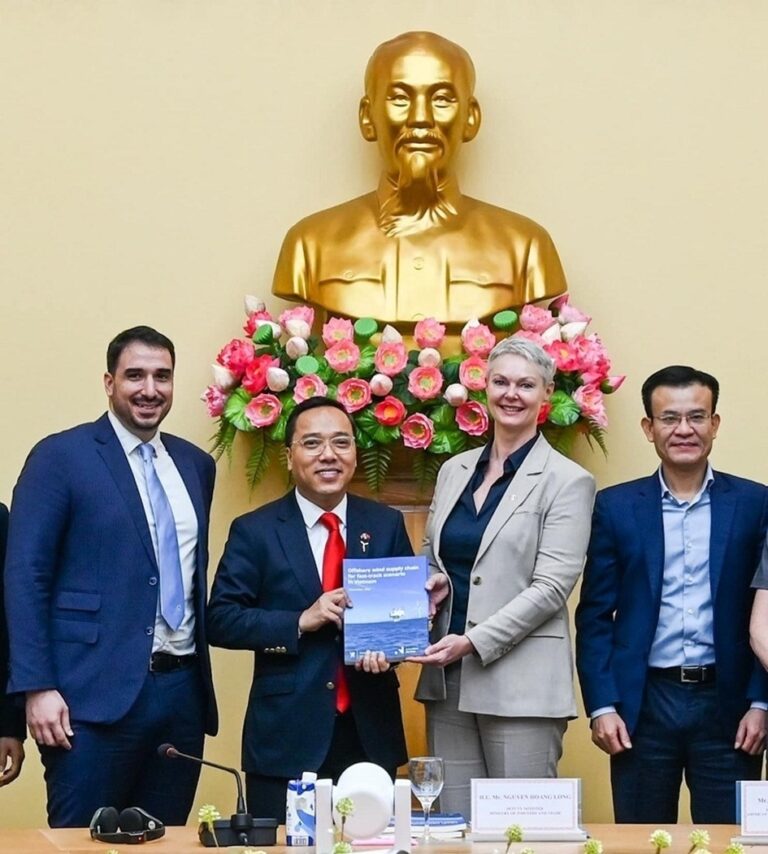




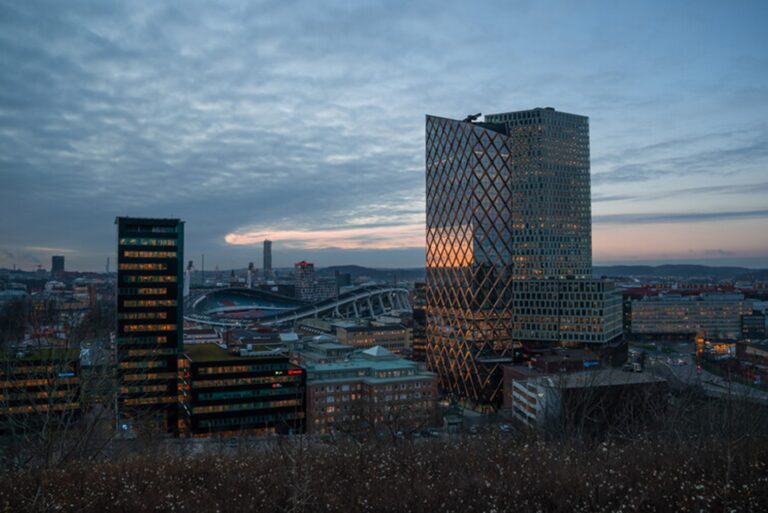




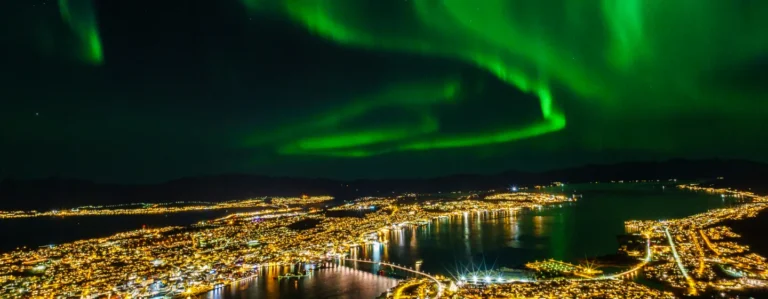











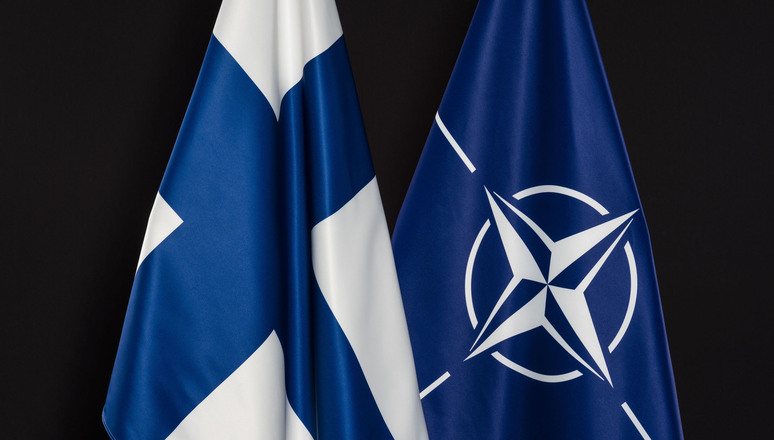
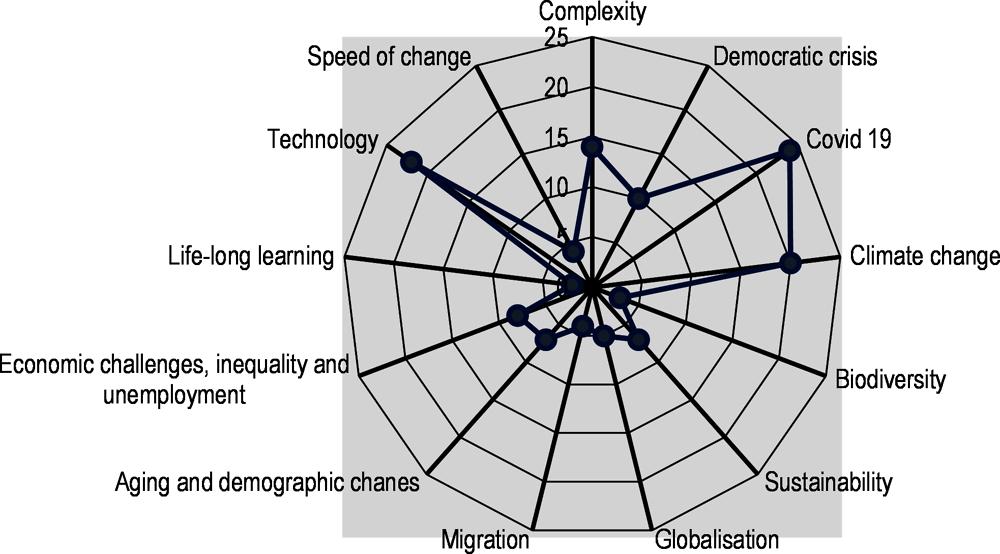
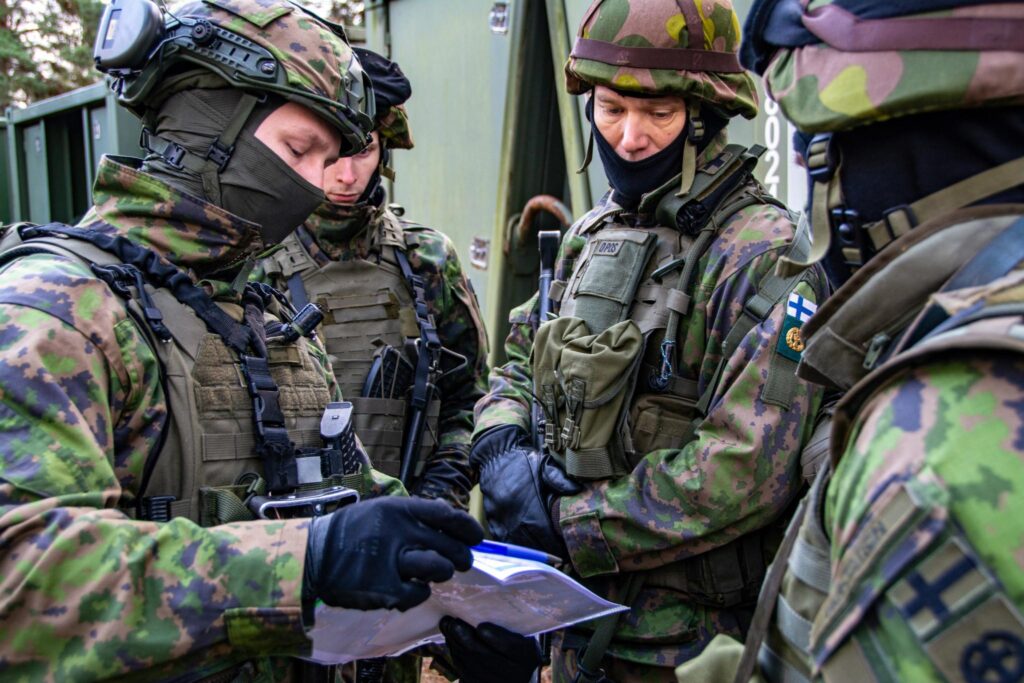
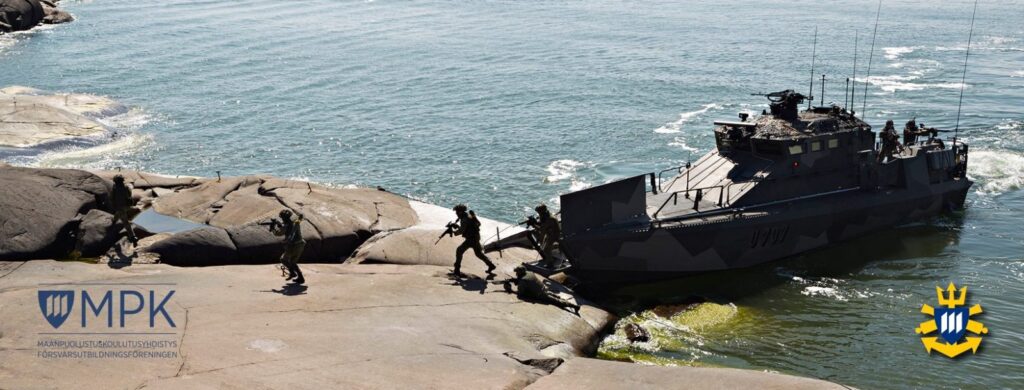
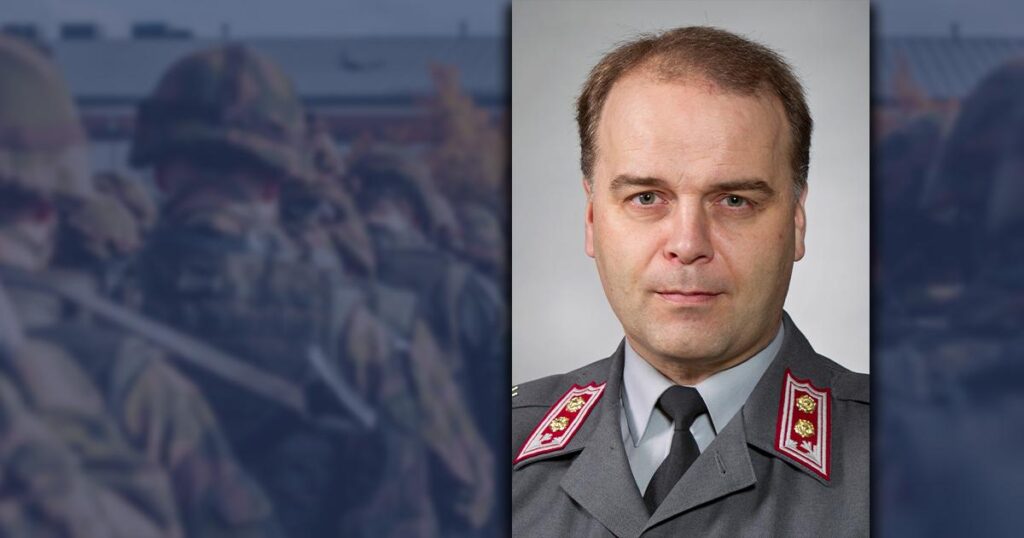
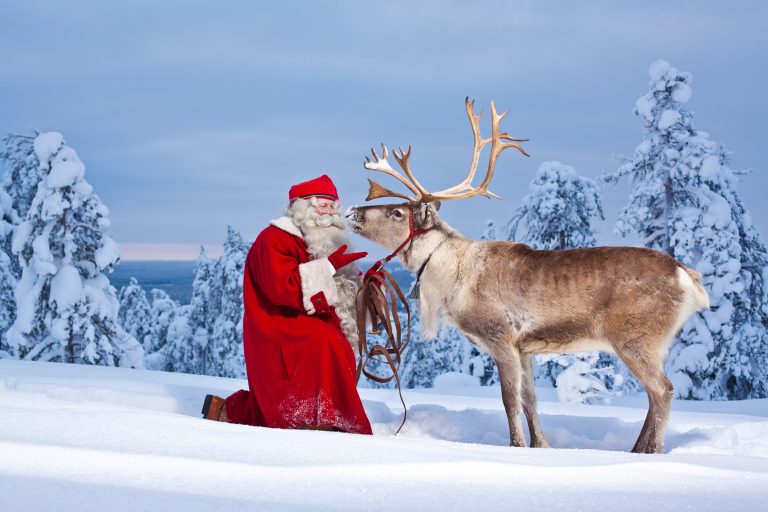






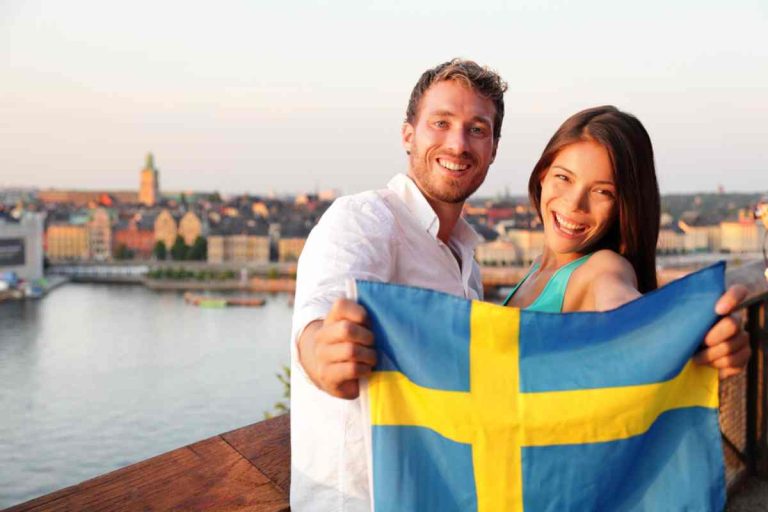



 Sweden Applies for Trademark as the First Country in the World, information provided by PR Newswire. The author’s opinions and the content shared on this page are their own and may not necessarily represent the perspectives of Daily Scandinavian.
Sweden Applies for Trademark as the First Country in the World, information provided by PR Newswire. The author’s opinions and the content shared on this page are their own and may not necessarily represent the perspectives of Daily Scandinavian.